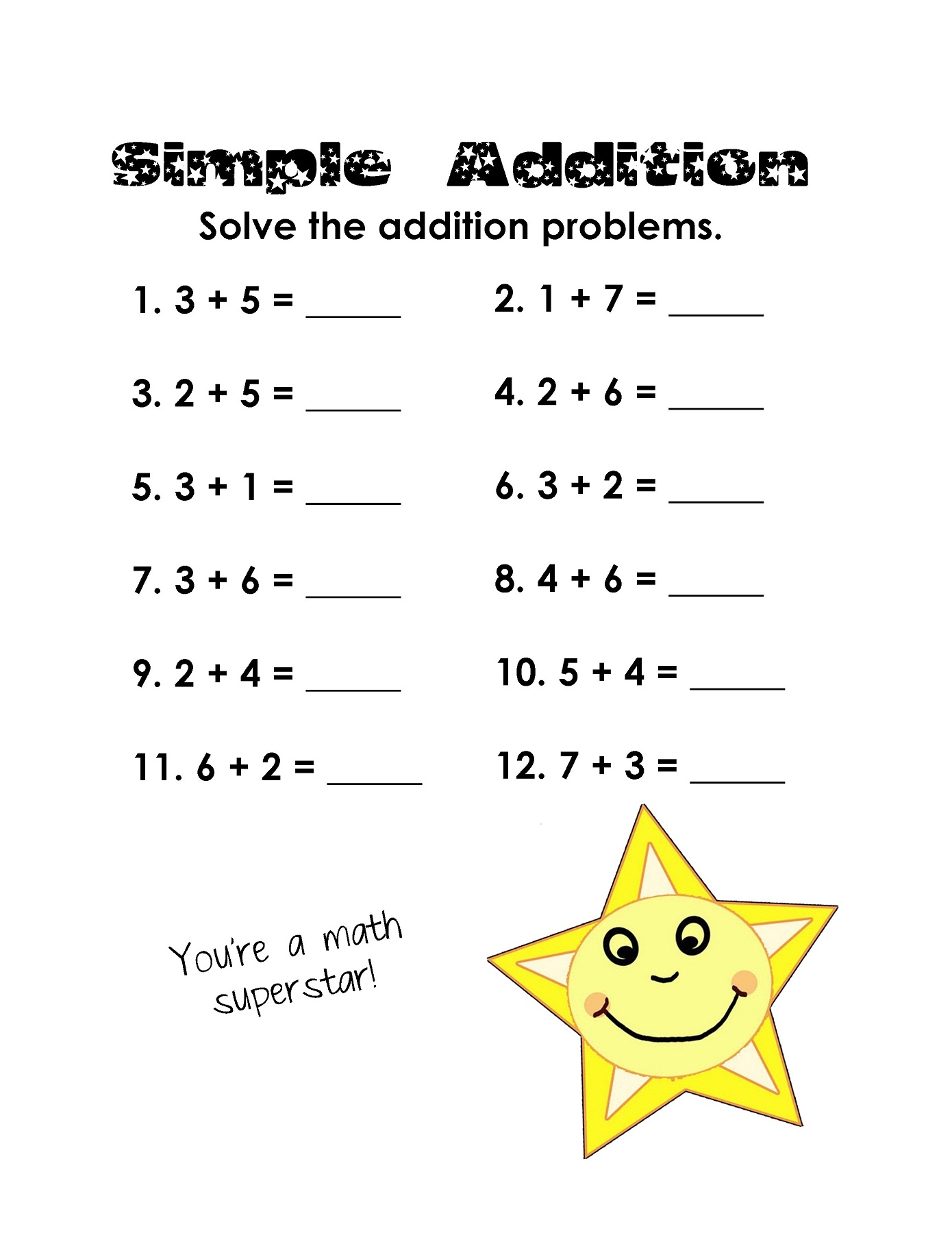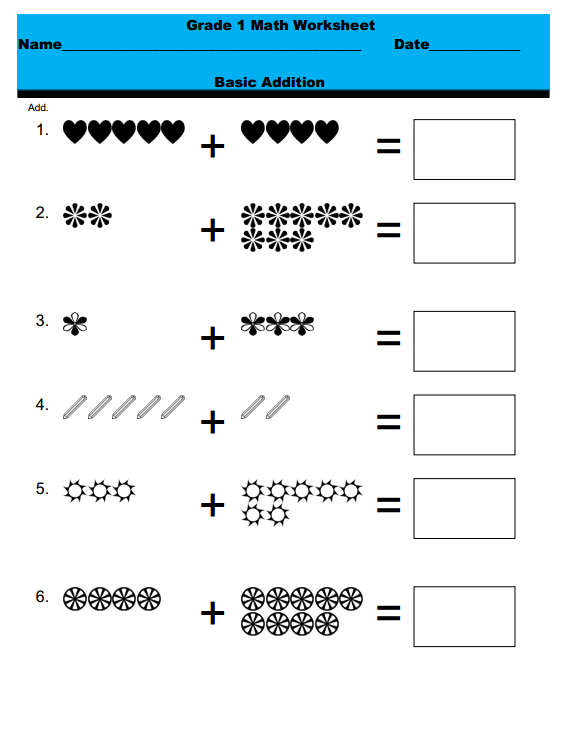

This could help you plan for fuel stops, for example. When working out a route for travel you may want to add up the number of miles (or kilometres) for each step of the journey to find the total number of miles you will travel. There are many examples of when addition is useful in everyday situations. You can use exactly the same method to add larger and larger numbers, by adding extra columns on the left as needed for thousands, tens of thousands etc. We have no numbers left to add and therefore have arrived at our answer: 143. There are no numbers in the hundreds column except for the 1 that was carried over from the tens column.Īs there is nothing else to add, bring the one up to the total. The next step would be to add together the numbers in the hundreds column. That is 4 tens (as we are working in the tens column) and 1 to carry over to the next column, hundreds. Write a 3 in the total for the units column.Ĭarry over the 2 tens - it is usual to put this number underneath the total, we'll need it in the next step.Īdd together the numbers in the tens column remembering to include the 2 that was carried over. If we needed to add 4, 15, 23, 24, 35, 42Īrrange the numbers in columns, Hundreds, Tens and Units as needed: TensĪdd the numbers in the right (units) column. When adding lots of numbers together it is helpful to write them in columns, denoting units, tens and hundreds (see our numbers page for examples of this). Adding dots drawn on a piece of paper, then using a ‘number line’, are the next steps in learning addition, this time there are no physical items to handle.įinally when digits are recognised the same sum can be performed by looking at 3 + 4.Īdding the same number to itself (or doubling) is also fairly straightforward once a basic understanding of multiplication has been grasped, 3 + 3 = 6 for example.Īdding the same number to itself is the same as multiplying a number by 2:
SIMPLE MATH ADDITION HOW TO
Using fingers is common when learning how to count and add. Once a learner can count to ten they can usually quickly perform additions up to ten.įor example, if a learner is given two piles of cards, one pile containing 4 cards and the other containing 3 cards, they can count all the cards and come up with the answer: 7.


SIMPLE MATH ADDITION PLUS
The plus sign ‘ +‘ is used to denote an addition: 2 + 2.Addition is the term used to describe adding two or more numbers together.Understanding Statistical Distributions.Area, Surface Area and Volume Reference Sheet.Simple Transformations of 2-Dimensional Shapes.Polar, Cylindrical and Spherical Coordinates.Introduction to Cartesian Coordinate Systems.Introduction to Geometry: Points, Lines and Planes.Percentage Change | Increase and Decrease.Mental Arithmetic – Basic Mental Maths Hacks.Ordering Mathematical Operations - BODMAS.Common Mathematical Symbols and Terminology.Special Numbers and Mathematical Concepts.How Good Are Your Numeracy Skills? Numeracy Quiz.


 0 kommentar(er)
0 kommentar(er)
